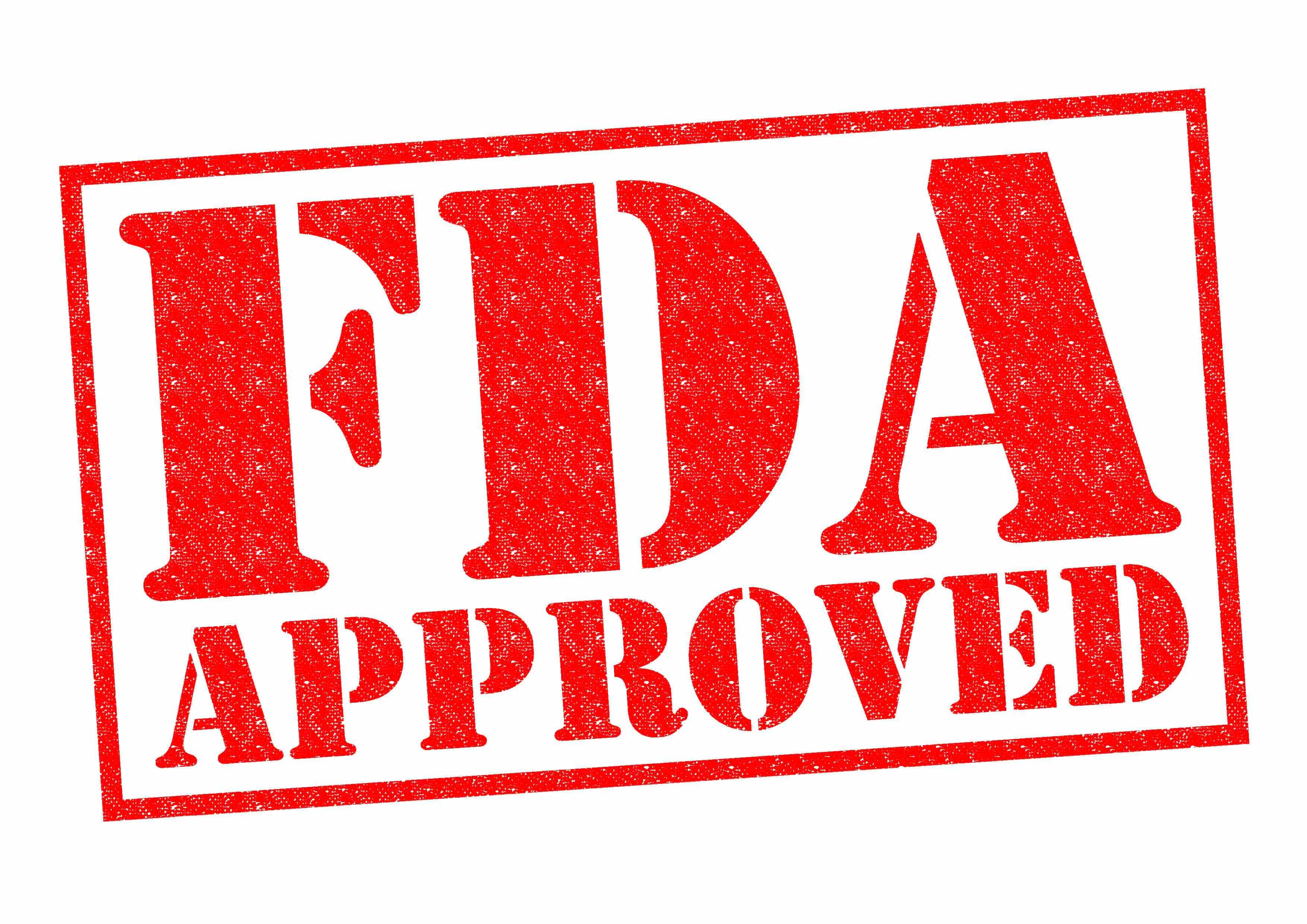Article
Assessing Denosumab's Effects on BMD in Women With Breast Cancer
Author(s):
Twice-yearly treatment with denosumab, a fully human monoclonal antibody, may be associated with increased bone mineral density (BMD) among patients who receive adjuvant aromatase inhibitors (AIs) therapy, according to a recent study.
Twice-yearly treatment with denosumab, a fully human monoclonal antibody, may be associated with increased bone mineral density (BMD) among patients who receive adjuvant aromatase inhibitors (AIs) therapy, according to a recent study.
The study aimed to analyze the therapeutic effects of 12-month denosumab therapy on the percentage change in BMD from baseline in the lumbar spine and femoral neck. The researchers evaluated the lumbar spine and femoral neck of 100 hormone receptor-positive, clinical stage I-IIIA postoperative, postmenopausal patients with breast cancer, who had treatment with AIs as adjuvant endocrine therapy scheduled.
“AIs are widely used by patients with postmenopausal breast cancer as a first-line adjuvant hormonal therapy. AIs inhibit the conversion of androgens to estrogens, resulting in a significant decline in estrogen levels, which in turn leads to [BMD],” the authors stated. “Moreover, several studies have reported that the BMD loss observed in postmenopausal breast cancer patients receiving long-term AIs is twice that observed in normal postmenopausal women of the same age. Therefore, patients receiving AIs are at increased risk for bone fracture, which can reduce their quality of life. Efforts to prevent BMD loss are thus needed
The results revealed that at 12 months, the lumbar spine BMD increased by 4.7%. The patients who were administered an AI therapy before denosumab demonstrated a 4.7% increase in BMD, while those who received denosumab at the start of AI therapy demonstrated a 4.5% increase, according to the results. In addition, there was a 2.4% increase in BMD of the right femoral neck, and 1.4% increase in BMD of the right femoral neck.
Results regarding the initiation of AI, type of AI, age, time since menopause, BMI, and T-score of the right femoral neck were: (2.2%, 2.5%, P =0.7773), (2.6%, 0.9%, P =0.1726), (2.5%, 2.3%, P =0.7594), (2.1%, 2.4%, P =0.2034), (2.1%, 2.9%, P =0.2034), and (2.3%, 2.7%, P =0.6823), respectively.
For the left femoral neck, initiation of AI, type of AI, age, time since menopause, BMI, and T-score were:(1 %, 1.5%, P =0.1972), (1.2%, 2.7%, P =0.2931), (1.4%, 1.3%, P =0.8817), (−0.1%, 1.6%, P =0.1766), (1.3%, 1.9%, P =0.6465), and (1.5%, 1.1%, P =0.6573), respectively.
“AI is associated with accelerated bone loss; therefore, if AI therapy has already been administered, there exists the possibility of reducing the effects of denosumab. In other words, the effect of denosumab becomes weak if the treatment period for AI is prolonged. In our trial, we showed that BMD at all skeletal sites similarly increased regardless of prior AI therapy. Age alone is among the strongest predictors of fracture,” the authors stated.
Overall, the results suggested that twice-yearly treatment with denosumab was associated with consistently greater gains in BMD among Japanese women who receive adjuvant AI therapy, regardless of their baseline characteristics. Further studies are needed to examine patients with osteoporosis in consideration with similar factors to the study.
Reference
Nakatsukasa K, Koyama H, Ouchi Y, et al. Effect of denosumab on bone mineral density in Japanese women with osteopenia treated with aromatase inhibitors for breast cancer: subgroup analyses of a Phase II study. [published online July 10, 2018]. Ther Clin Risk Manag. doi: 10.2147/TCRM.S167579.

